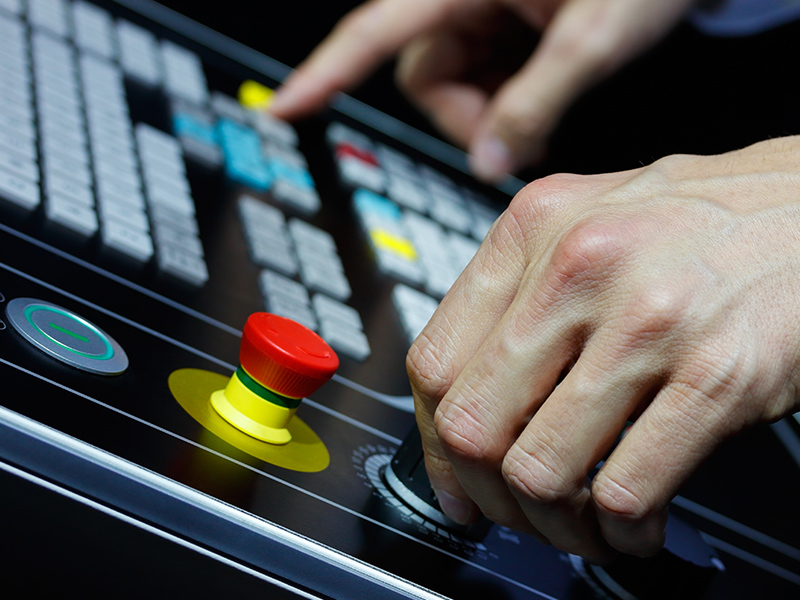
CNC (computer numerical control) Machining has taken its place as an essential part of modern production systems because of its unparalleled accuracy and effectiveness. As industries grow and look for avenues to improve the quality and firmness of the products, CNC machining is almost taking over the laboring manual approach. How does CNC machining compare to manual techniques in terms of accuracy, and what are the reasons why this technology is more appropriate in most cases? Here, such questions will be addressed through an analysis of the core concepts of CNC and manually enabled machining with respect to their benefits, accuracy, and relevance.

Engineering and Technology: What is CNC Machining?
CNC machining employs programmed procedures and machines to create components by making sure that there is cut, bore, and finish in accordance with specifications to the last detail. Because of this accuracy, such defects are limited to products that average even 0.005 mm from the specifications. A number of factors arise out with such level of correction in CNC machining:
1. Computer Control: CNC machines work with CAD (Computer Aided Design) files which have been created and programmed into the machines. These files include real dimensions which the machines can follow with optimal precision. A variety of this type of problems in manual machining that is, human error is nearly removed.
2. Consistent Repeatability: In woodworking, metalworking or electronics, once programmed, CNC machines can accomplish the same process time and again without losing any accuracy. This result is crucial during mass production since every component has to conform to the same high standards.
3. Advanced Tooling: In case of CNC machines, more modern tools and processes are used which enhance the precision as compared to other producing techniques such as manual tools. CNC machines possess several degrees of movement and tools of multiple axis and software allowing creation of shapes that are hard or even impossible to achieve by hand.
Manual Machining: The Human Element
Manual machining, while it benefits particular markets and industries, is restricted by the capabilities of people. One can get desirable results through manual machining by expertly trained machinists, however, the methods are frequently numerically controlled method short. Below is the explanation why:
1. Human Error: People commit mistakes, even those who machined for twenty years plus. Manual machining consists of manual work which does uncontrolled tolerances even ergonomical tolerances resulting cut-off angles from the optimized cut heading.
2. Inconsistent Results: Manual machining does not have the repeatability which can be obtained with CNC machining due to comfort of knowing. A machinist successfully fashions a geometry or part without defect, the same geometry or part at later stages may be produced but unexpected errors m Ds that cause unwanted deviations.
3. Complexity Limitations: There are many combinations of designs and shapes and the manual method of machining cannot achieve, especially when geometries are of a certain complexity. It is through the CNC technology that such tasks are made easier, as it is able to work with complex three dimensional models.
Accuracy Comparison: CNC Machining vs. Manual Machining
Moving on to high-demand measurements people may ask what is the state of CNC speed versus manual efforts. When it comes to the evaluation of parameters, both methods appeared to achieve com-parable tolerances ranges but CNC technology was significantly better. While stressful machining works can maintain tolerances of ± 0.05, CNC machines always aspire to attain tolerances of about ± 0.005 or even tighter. This assurance explains why machining with CNC technology is ever taking over the majority of the manufacturing industries particularly aerospace, automotive, and medical positioning systems.
Furthermore, due to the elaborateness of the cutting path CNC machining creates virtually no wastage of the material while in manual machining there is likely to be wastage because of human error or wear of tools. T